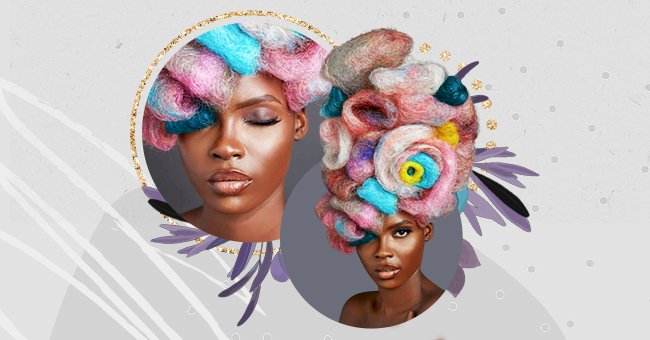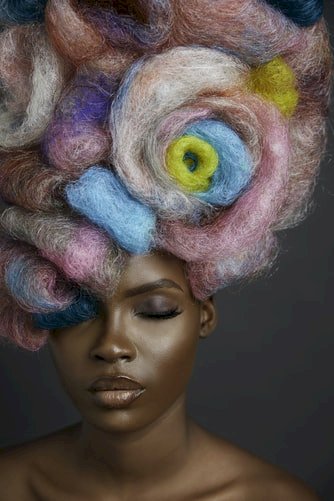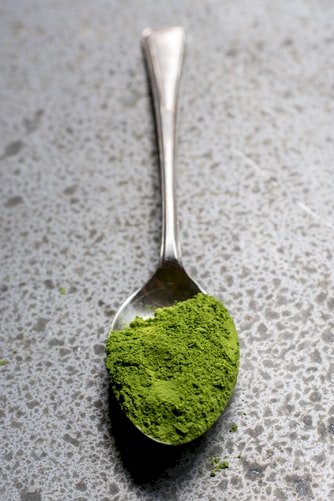
The Ultimate Guide To Dyeing Your Hair
Changing the hair color is one of those steps that, sooner or later, always comes in the life of a woman. Sometimes she just wants to hide the grey or change her entire look. But before you decide to change your hair color, there are some things you must know.
First of all, try to understand if you prefer to darken or lighten your hair: it is undoubtedly easier to darken it since to apply a very light color to perfection, you will first have to go and bleach your hair, an aggressive treatment that deprives the hair of melanin. Lightening the hair is not easy to perform, especially if you are a novice.
However, the advice is to choose a color that is a maximum of 2 tones lighter or darker than your color, for a natural effect and without risk of errors. For example, a highlighter or a toning tint will cover the first white hair and give your hair light and shades without distorting the color. These are the dyes to know before you decide to dye your hair.
1. Permanent Colors
They give the hair the desired color through chemicals that react with each other and the hair creating colored polymers. Among the various advantages of this dye is its excellent coverage for grey hair and a wide range of colors.
Unfortunately, however, these types of dyes are also among the most aggressive and can even cause allergies. Permanent dyes are non-toxic, as they consist of two reagents, an intermediate dye, and a coupler dye. They are composed of dyes, ammonia, antioxidants, and substances useful for maintaining the basic pH, such as hydrogen peroxide.
2. Temporary or reflective shades

Photo by Joshua Oyebanji on Unsplash
Temporary hair dyes are ammonia-free and contain no fixing agents as an ingredient. This type acts only on the outside of the shaft and does not alter the hair’s natural color.
Generally, the ingredients are much more delicate and do not damage the hair in any way, even the most damaged ones. Thanks to this feature, they can also be used by pregnant or lactating women, allergy sufferers, or those who want to make only a small change without upsetting their hair too much.
3. Vegetable dyes natural henna hair

Photo by Alice Pasqual on Unsplash
The vegetable dyes such as henna cannot be considered as such as the substances within them do not really color the hair but only give tone-on-tone reflections. This type is formulated with plant extracts and has the advantage of creating fewer allergies than the others. However, there is no wide range of colors on the market, and the result is temporary.
The best known and most used plant substance for these dyes is henna, which gives the hair a red-coppery reflection. For darker reflections, on the other hand, you can opt for indigo, which is extracted from indigo plants. Finally, if you have light hair and want to lighten it slightly, you can choose a vegetable dye-based on azulene, an extract of chamomile, which gives a slight golden sheen and sheen.
Precautions To Take When Dyeing Hair
When you do the coloring at home, the color may end up on the skin, but don't panic; just take the right precautions. The first part is to protect the hairline. One of the precautions to take is to dye them the next day after having washed them, as the sebum and pores of the scalp can protect the skin naturally.
To protect the perimeter of the hairline, you can use petroleum jelly or a moisturizer. The layer must be thick, but it doesn’t need to be too far from the hairline, about two centimeters is enough. To create an additional barrier, you can apply cotton balls on top of the cream.